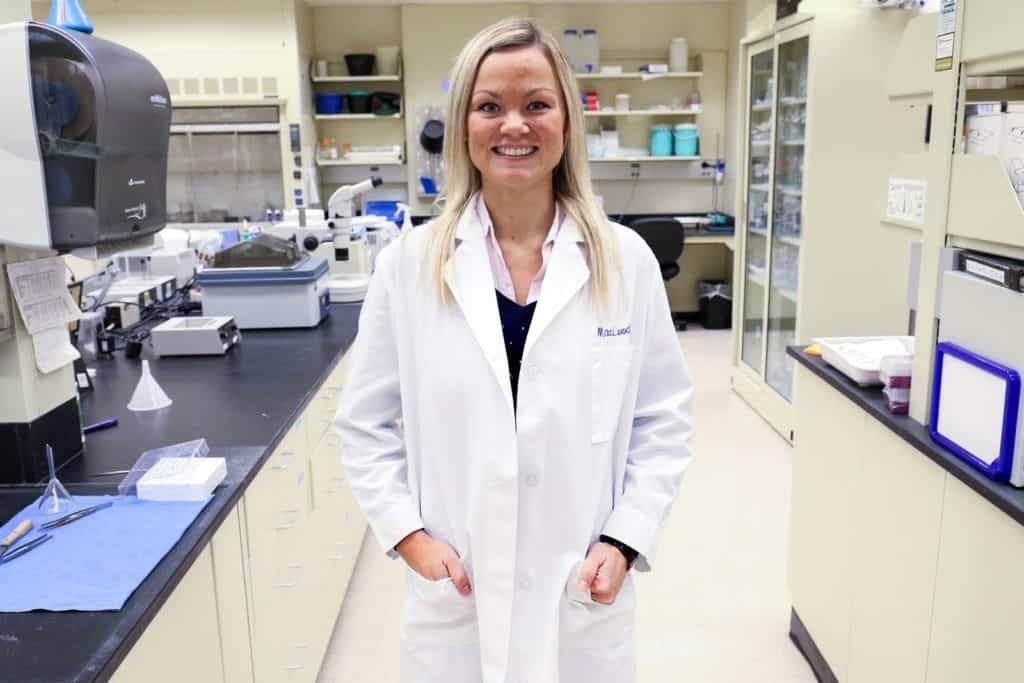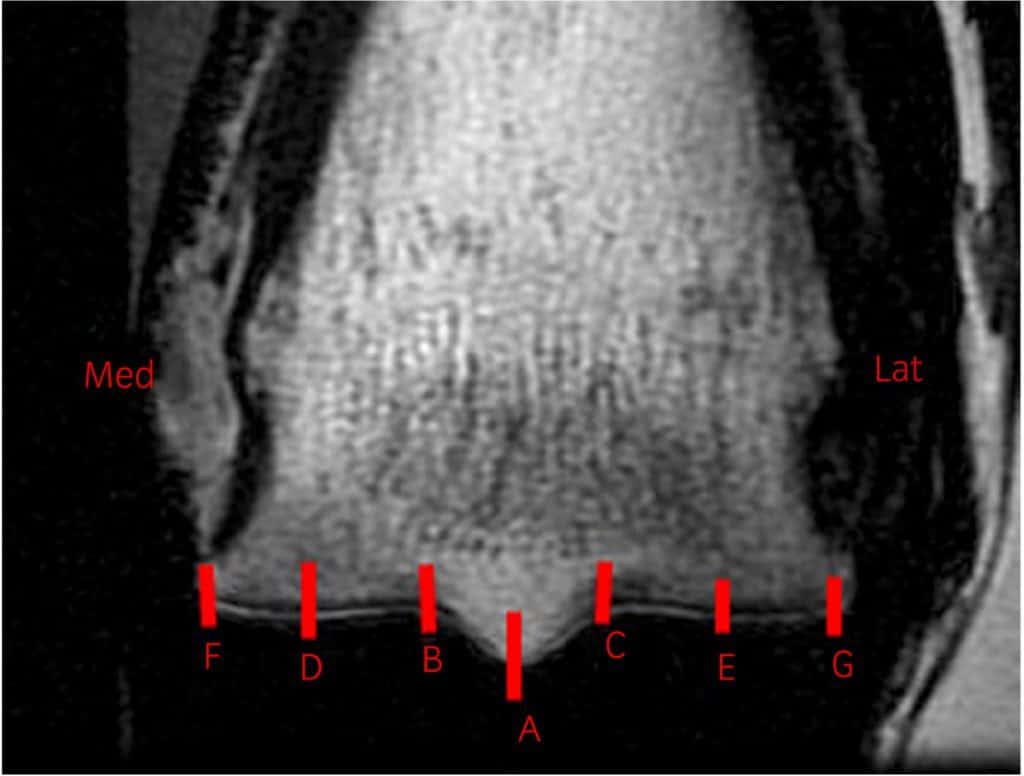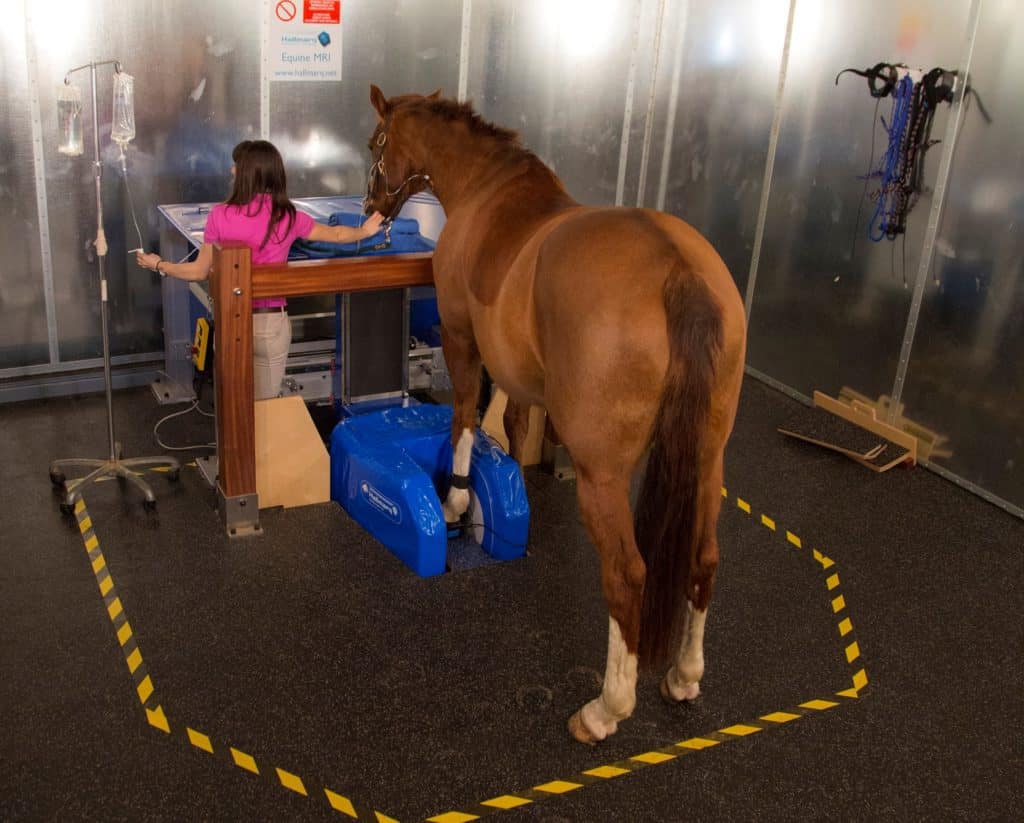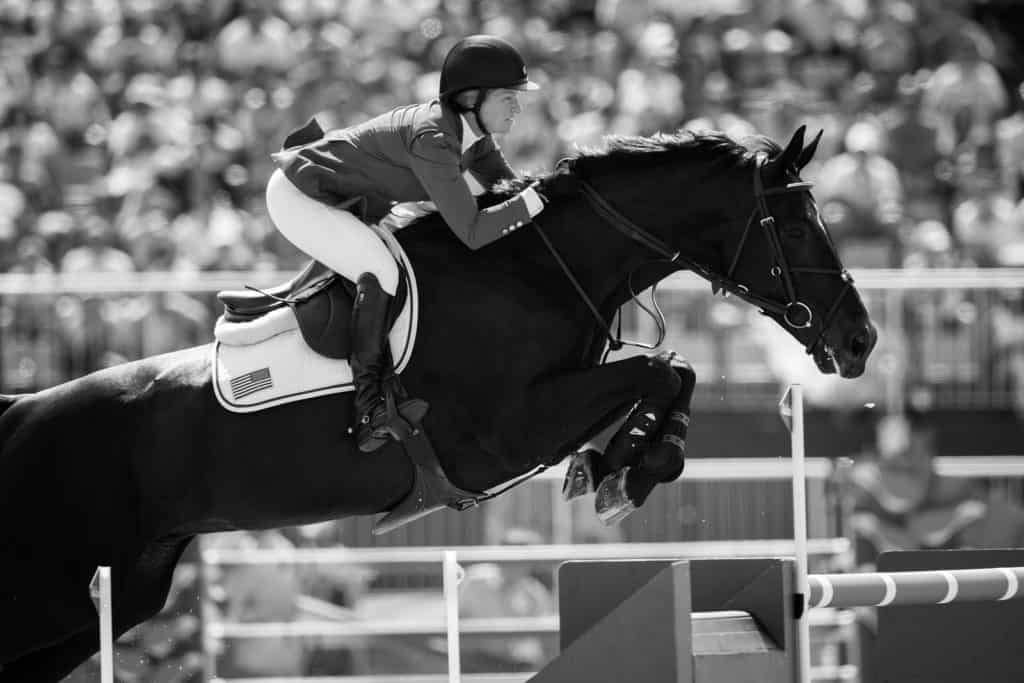
Tips for Rehabbing Soft Tissue Injuries in Horses
Successful treatment depends on an accurate diagnosis and good knowledge of the therapeutic options available.

Successful treatment depends on an accurate diagnosis and good knowledge of the therapeutic options available.

Vets can glean crucial information by evaluating horses with performance issues in hand, on the longe, and under saddle.

Veterinarians discuss how they diagnose and treat injuries to the collateral ligament, DDFT, navicular bursa, and more.

Jasmin Bagge, DVM, is studying the use of stem cells to facilitate tissue repair following injury in horses.

Veterinarians have begun research, using the scanner in a clinical trial on client-owned horses.
Dr. Kyla Ortved will review the varying types of regenerative medicine and their applications in the equine athlete.

Researchers are making steady progress toward understanding catastrophic fractures and, ultimately, how to prevent them.

Do you have a mature or senior horse? Find out how to keep him comfortable and competitive as he ages!
Researchers will work to develop culture techniques so donor stem cells can be used safely and effectively in horses.

Drs. Tim Parkin and Sarah Plevin describe studies focused on predicting injury before it occurs.

The British survey results also suggest that lamenesses are more likely to originate in the limb than in the foot.

Researchers found that standing MRI is effective for viewing the difficult-to-image ligaments in the horse’s lower legs.

Drs. Liz Arbittier and Jessica Morgan will provide tips to help owners improve their lameness identification skills.

Hot topics include digestion, metabolism, soft tissue injuries, and inflamm-aging.

Cortes ‘C’ sustained an injury during the first round of the team competition on Aug. 16.

Injecting bone marrow aspirate into core SDFT lesions yielded good results for returning racehorses to competition.
Stay on top of the most recent Horse Health news with
"*" indicates required fields